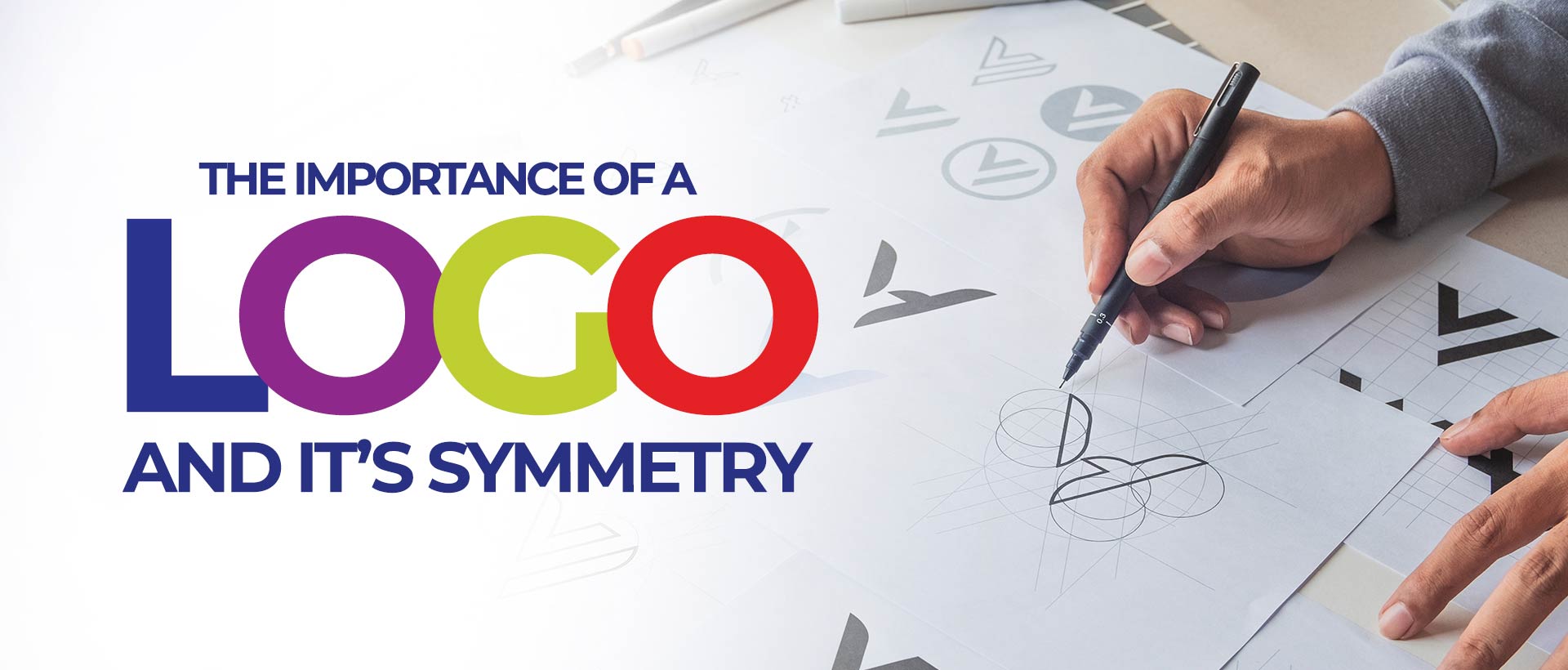
The Importance of a logo and it’s symmetry
The logo of a brand is usually the first impression that a brand’s customer has of it. Hence it becomes very necessary to have a great logo able to pull in the customers as well as to increase the interest in the brand. And within this logo, balance and symmetry play a huge role. The design of the logo speaks a lot about the brand and its identity. Including facts like who you are, and what you do. Including the balance, the right colour and style make the greatest impressions on the audience.
This is where symmetrical logos come into play, they give off a sense of balance and make your logo look like one for a professional brand.
Prior to deciding upon what style, you are willing to design your logo in, you must first understand what symmetrical logos are and what do they stand for.
Symmetry means that if a logo is divided by a line through the center, both sides on either side of the line would be exactly similar to one another. A logo that is symmetrical in nature is especially pleasing to the eye. According to some experts, our brain indrawn in to the order and repetition that symmetry creates.
When used in a brand’s logo, it means that the brand is dependable and could be relied upon.
Under this type of symmetrical logos, there are further sub-divisions, some of which are:







